#Asian American Pacific Islander heritage month
Explore tagged Tumblr posts
Text
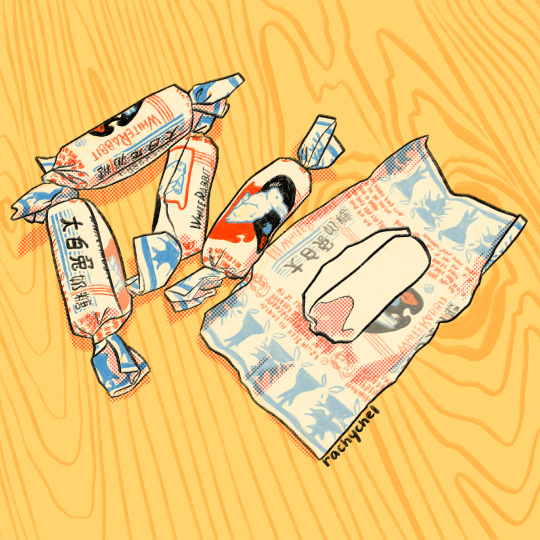
Maysia 2: new year
#maysia#maysia2023#maysia 2023#artph#aapi#aapi heritage month#aapi month#asian american pacific islander heritage month#filipino#filipino american#asian#asian american#digital art#art#my art#artists on tumblr#procreate#drawing#illustration
12K notes
·
View notes
Photo
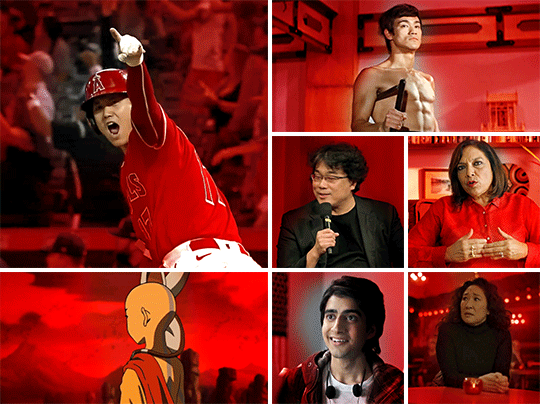
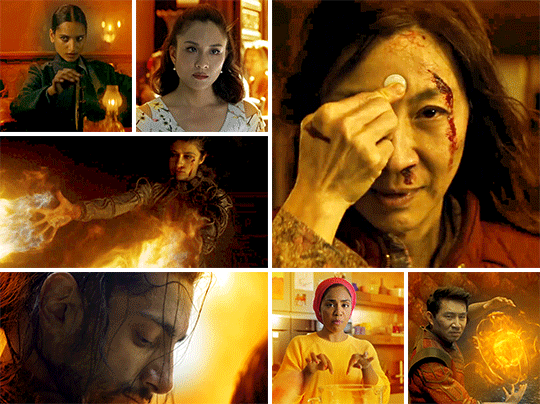
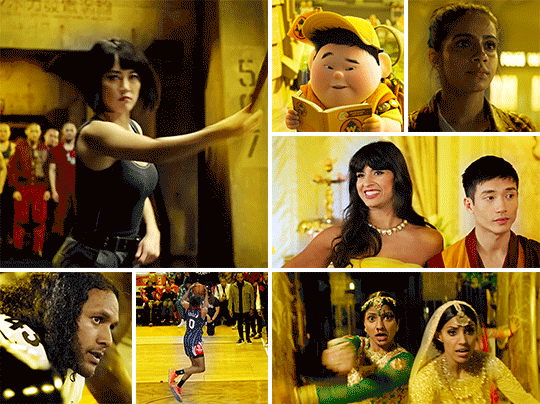
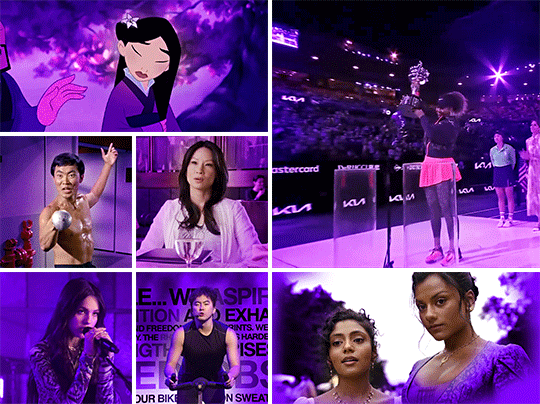


Happy Asian and Pacific Islander Heritage Month!
#aapiheritagemonth#aapi representation#Asian American Pacific Islander heritage month#asiansincinema#represenation matters#dailycolorfulgifs#asian representation#stop asian hate#atlaedit#disneyedit#everything everywhere all at once#userleila#ivashkovadrian#asian athletes#my graphics#happy aapi heritage month yall!
1K notes
·
View notes
Text
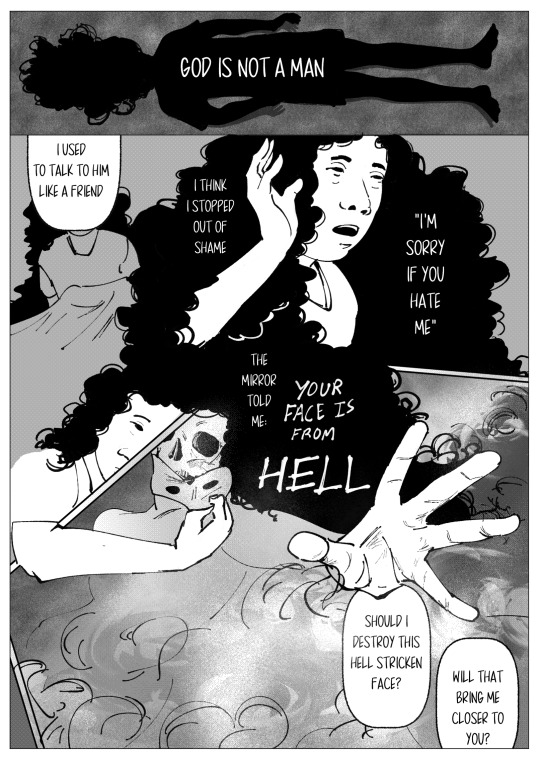
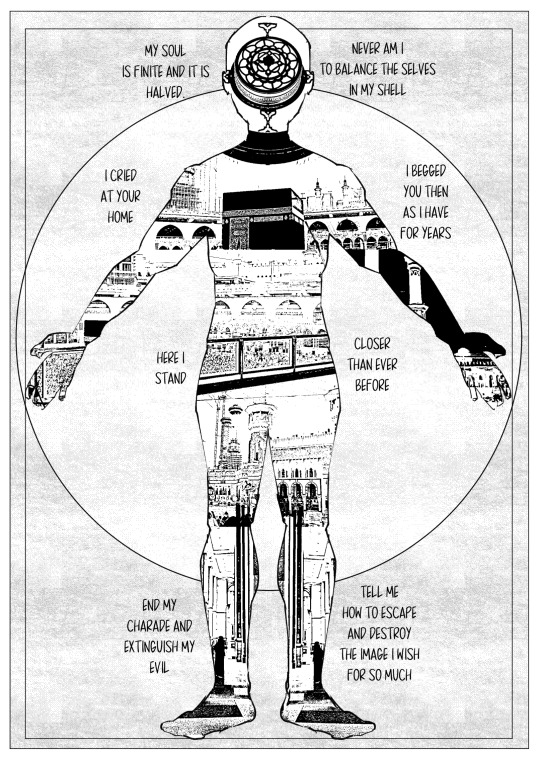
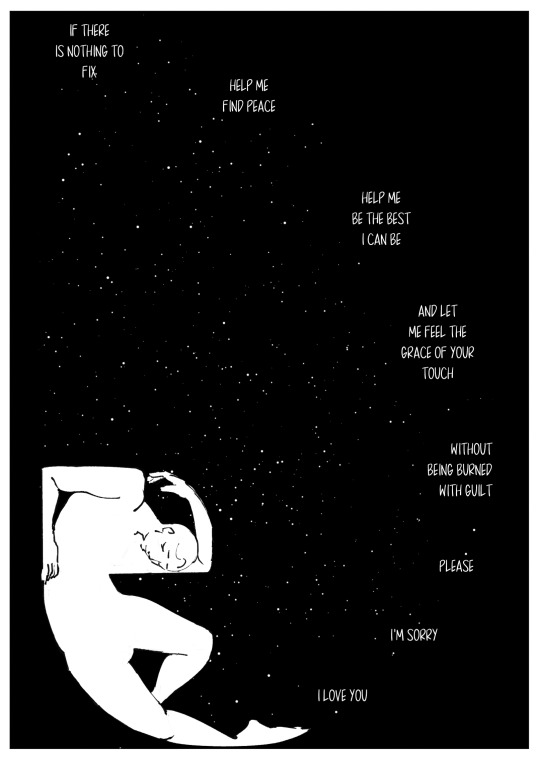
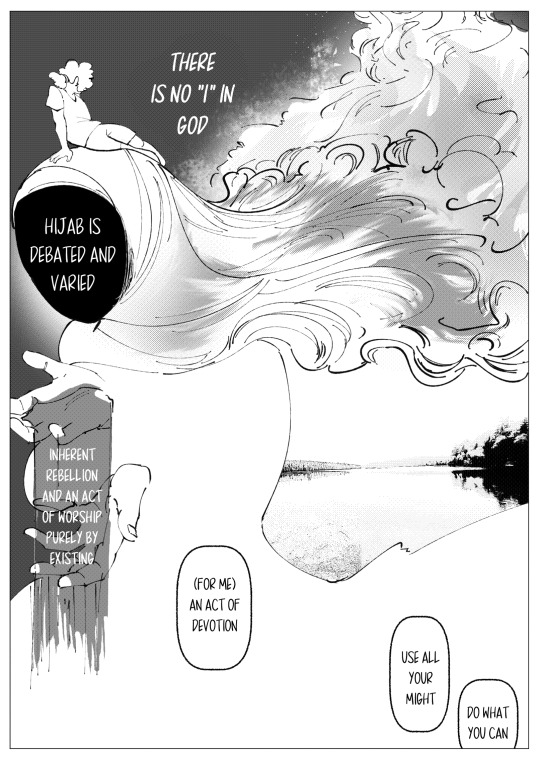
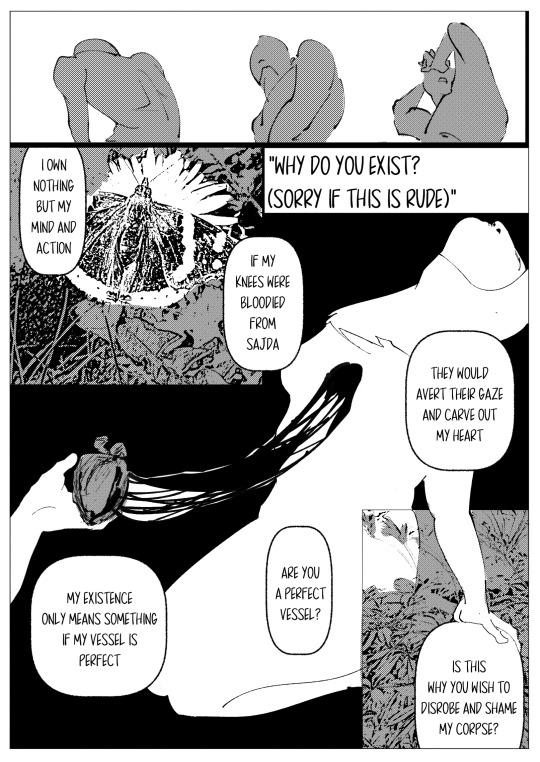
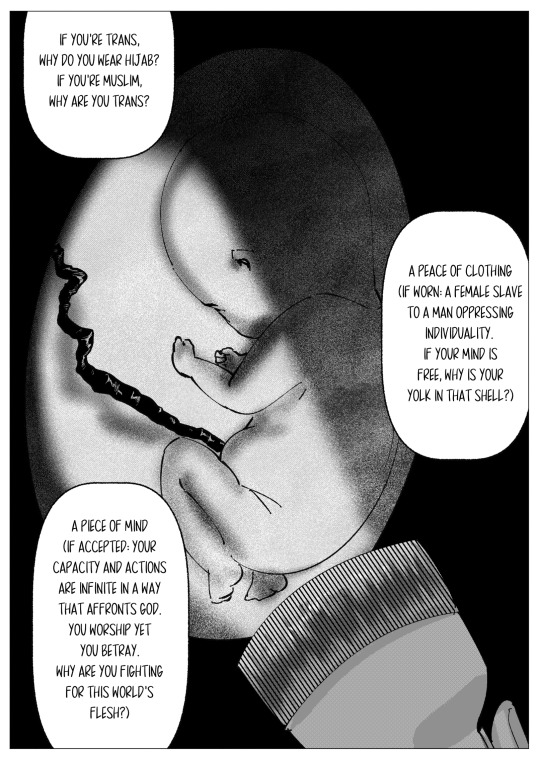
HAPPY AAPI MONTH TO EVERYONE WHO QUESTIONS MY EXISTENCE
NOW ASK ME AGAIN (WHY I WEAR HIJAB)
#maysia#aapi#aapihm#aapi heritage month#asian american pacific islander heritage month#asian american#digital art#digital comics#comic art#comic artist#comic artwork#racism#trans artist#black artists#asian artist#renegaedz#desi#south asia#south asian#muslim artist#myart#original comic#clip studio paint#clip studio#my art#artists on tumblr#my comics#comic#comics
53 notes
·
View notes
Text
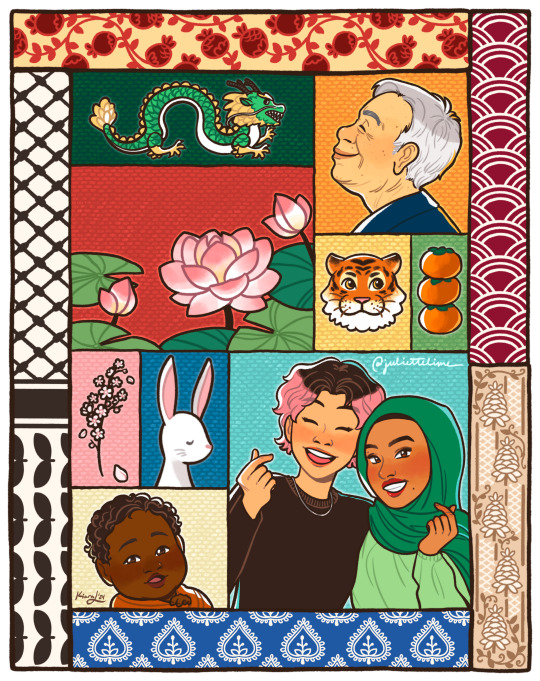
happy asian american pacific islander heritage month! here is some art i made for a local non-profit's aapi heritage month event programming, i was asked to follow a theme of interweaving stories (both cultural and intergenerational) and i also drew upon my own experiences living in the diaspora as a third gen filipino american ☀️
✧ instagram | portfolio ✧
#aapi#asian american pacific islander heritage month#artists on tumblr#illustrators on tumblr#artist#digital artist#asian artist#aapi artist#filipino artist#procreate#illustration#asian american
66 notes
·
View notes
Text
Happy Asian American Pacific Islander Heritage Month!! Here are some AAPI book 📚 recs!! :3
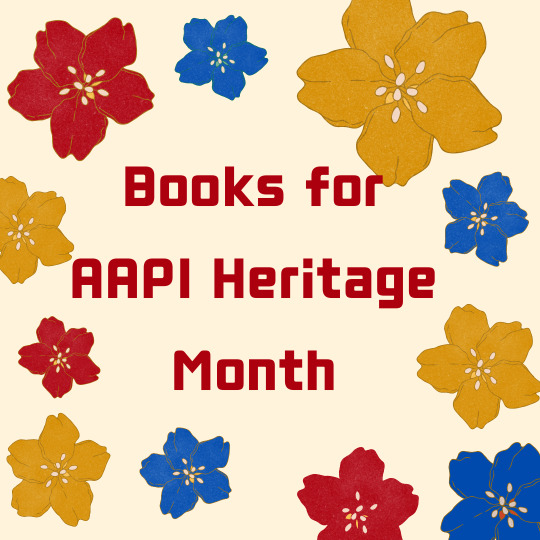
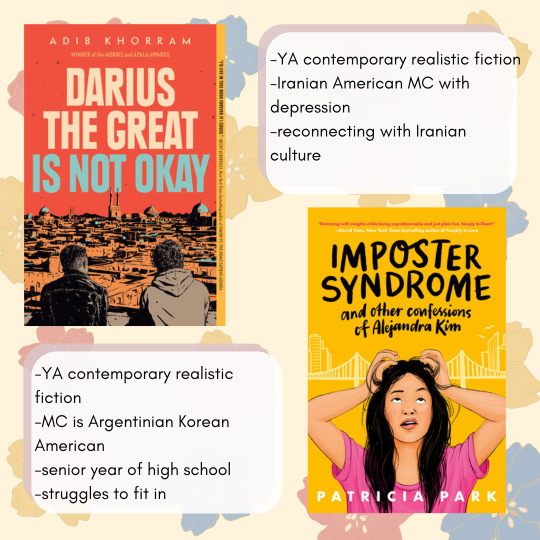
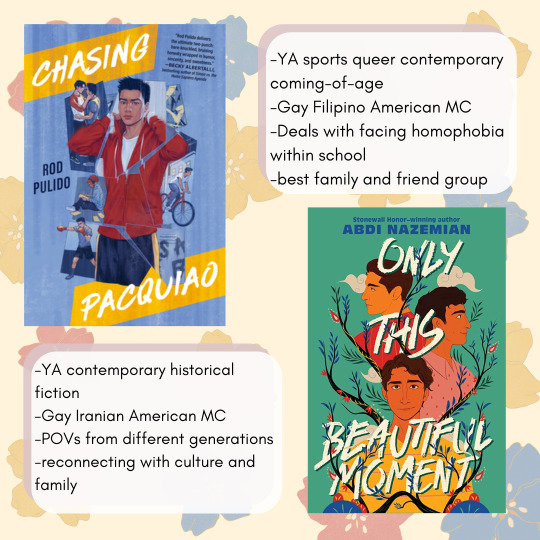
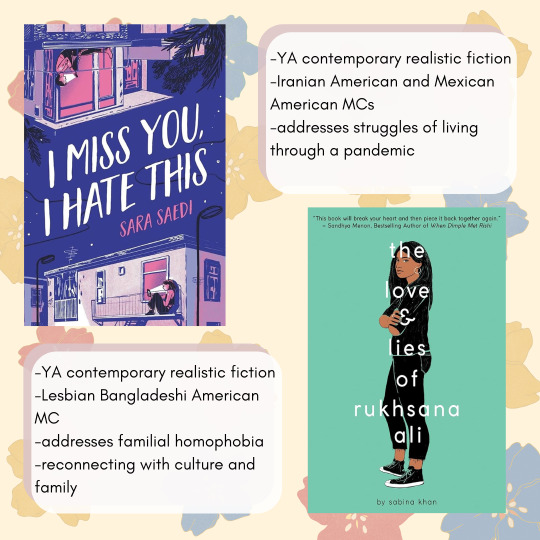
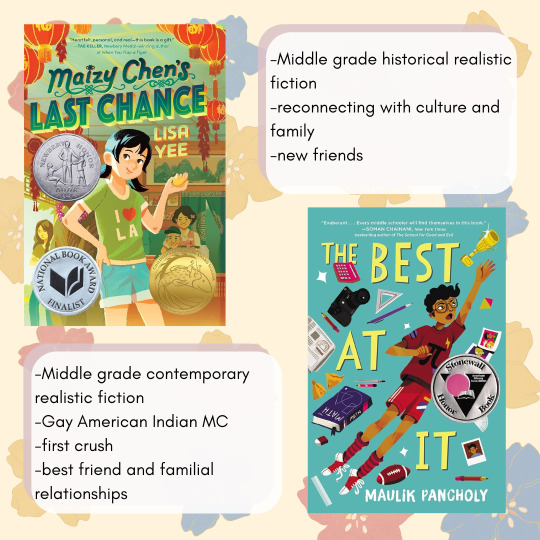
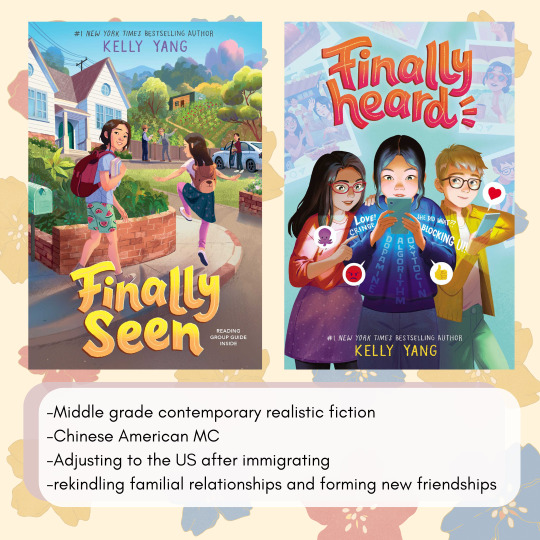
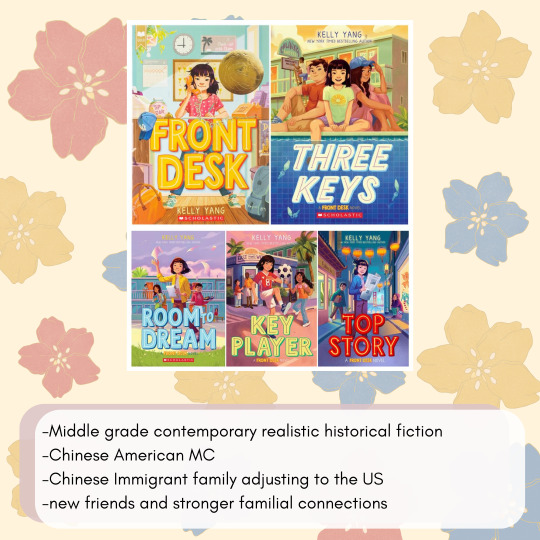
#lgbt pride#lgbt representation#lgbtqa#queer books#queer community#lgbt books#queer writers#queerrep#bookworm#queer aapi books#aapi queer books#aapi books#aapi representation#aapi heritage month#aapi month#asian american#asian american pacific islander heritage month#asian american pacific islander rep#filipino american
23 notes
·
View notes
Text
Hi! My names Mura, and I recently created a safe spare for queer Asians. Id love for people to join it, so far its just been me and myself.
its still in development right now, but when more people join I think it could really blossom <3. This is a safe space for all Asians, including Asian-Americans and people who are half asian.
#asian american pacific islander heritage month#AAPI#asian#LGBTQ#bisexual#lgbtq community#queer community#marriage equality#lgbtqia#lgbtq positivity#lgbtqiia+
7 notes
·
View notes
Text
welcome back to another AAPI month. reminder this month that the "middle east" is actually west asia. "middle eastern" issues are asian issues. genocide against palestinians and armenians are ASIAN ISSUES. if u are asian american and u aren't putting ur support behind our west asian relatives, u don't have the right to celebrate this month. i make the rules 😘
#palestine#aapi#stop aapi hate#asian american#asian american pacific islander heritage month#armenian genocide
33 notes
·
View notes
Text
Wanted to highlight two Pacific Islander properties coming up for PI part of AAPI Heritage Month!
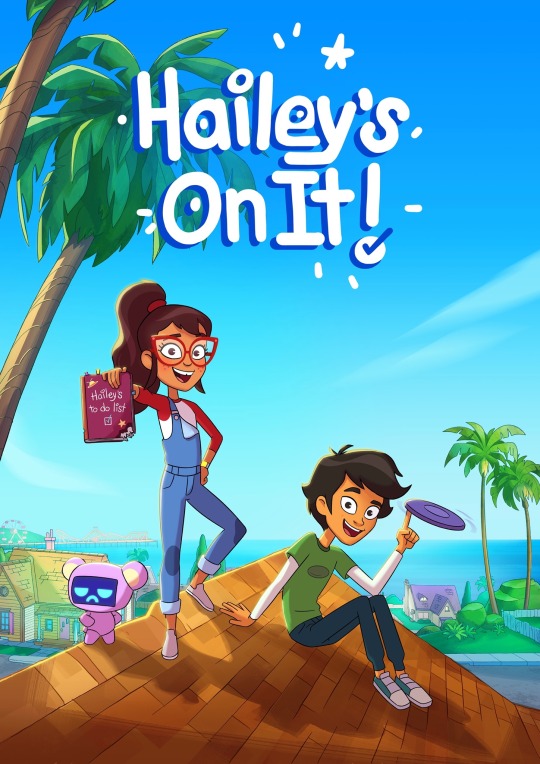
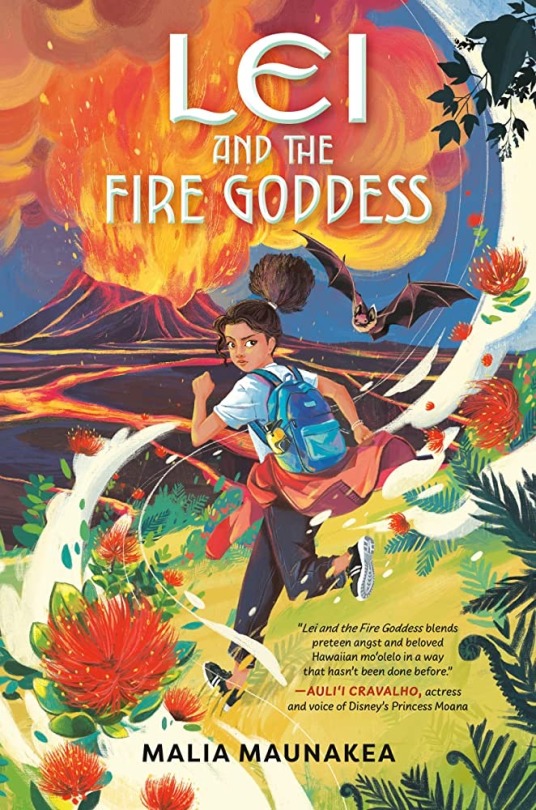
The first is ‘Hailey’s On It!”, a new Disney Channel show starring the voice of Moana, Auli’i Cravalho.
The second is middle grade book ‘Lei and the Fire Goddess’ by own voices author Malia Maunkea.
Both come out soon and you should absolutely support them!
#pacific islander#hailey’s on it#aapi heritage month#aapi month#asian american pacific islander heritage month#hawaiian#hawaii#pacific islander books#auli’i cravalho#lei and the fire goddess#the arcadia ledger
80 notes
·
View notes
Text

When and why yellow was first applied to people of East Asian descent is rather murky.
The process occurred over hundreds of years. As some scholars have noted, it's not as if there were people with yellow skin. The whole "yellow equals Asian" thing had to be invented. And in fact, there was a time when there was no such thing as "Asian" — even that had to be invented.

Enter Carl Linnaeus, an influential Swedish physician and botanist now known as the "father of modern taxonomy." In 1735, Linnaeus separated humans into four groups, including Homo Asiaticus — Asian Man. The other three categories, European, African and American, already had established — albeit arbitrary — colors: white, black and red. Linnaeus, searching for a distinguishing color for his Asian Man, eventually declared Asians the color "luridus," meaning "lurid," "sallow," or "pale yellow."
I get this bit of history from Michael Keevak, a professor at National Taiwan University, who writes in his book Becoming Yellow: A Short History of Racial Thinkingthat "Luridus also appeared in several of Linnaeus's botanical publications to characterize unhealthy and toxic plants."
Keevak argues that these early European anthropologists used "yellow" to refer to Asian people because "Asia was seductive, mysterious, full of pleasures and spices and perfumes and fantastic wealth." Yellow had multiple connotations, which included both "serene" and "happy," as well as "toxic" and "impure."
He tells me that there was "something dangerous, exotic and threatening about Asia that 'yellow' ... helped reinforce."
Which might explain why the fear that East Asian countries would take over the West became known as yellow peril.
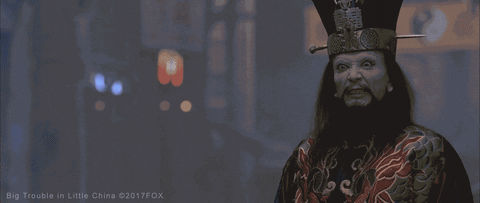
In 1956, Marvel's short-lived Yellow Claw comic featured a villain of the title's name. He was drawn with a bald head, long scraggly beard, slanted eyes and, yes, fingers that resembled claws. True to the name, his skin had a distinct yellow hue.
That was all make-believe. The real-life consequence of vilifying a race included things like the Chinese Exclusion Act of 1882, which banned Chinese immigration to the United States until 1943; the violence against hundreds of Filipino farmworkers in Exeter and Watsonville, Calif., who were mobbed and driven out of their homes by white Americans in 1929 and 1930; and the incarceration of more than 100,000 Japanese Americans during World War II.
For as long as Asians have lived in the United States, white people have been trying to label us: who we are, what we look like and how we should be described. It was also white people who defined our terminology — for many decades, "Orientals" was the moniker of choice. (And when people hurled slurs at us, we've been called Chinamen, Japs, gooks, Asiatics, Mongols and Chinks.)
That started to shift in the 1960s.
That's when the term "Asian American" was born. At the time, it was linked to political advocacy. Yuji Ichioka, then a graduate student and activist at the University of California, Berkeley, who would later become a leading historian and scholar, is widely credited with coining the term.
This period, often referred to as the Yellow Power Movement, was one of the first times these disparate people — Korean Americans, Vietnamese Americans, Japanese Americans, Indian Americans, Laotian Americans, Cambodian Americans, to name only some — grouped themselves under one pan-ethnic identity.
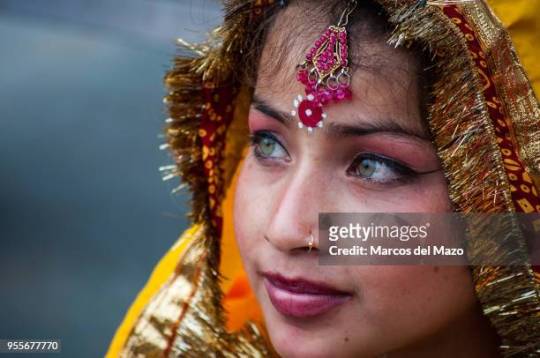
There was power in numbers, which Ichioka knew as founder of the Asian American Political Alliance. In a letter and questionnaire to new members, AAPA made clear that its organization was not just advocating for the creation of Asian American studies courses, but for broader social causes. That included adopting socialist policies and supporting the Black Liberation Movement, the Women's Liberation Movement, and anti-Vietnam and anti-imperialist efforts.
Spurred in part by the activism of the times, the term "Asian American" rose to popularity. It also helped that the Immigration and Nationality Act of 1965 was passed, allowing an influx of Asian immigrants to the U.S.
But over the years, the term Asian American revealed itself to be a complicated solution to the problem of identity.
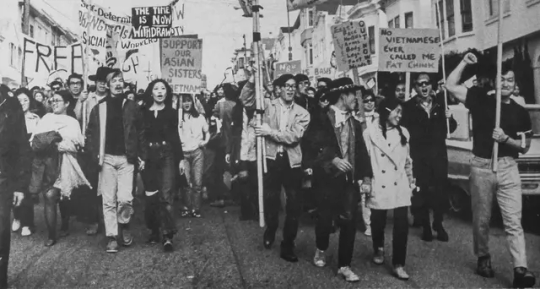
For one thing, most people who technically fit into the "Asian American" category refer to themselves based on their ethnic group or country of origin, according to the National Asian American Survey (NAAS).
Karthick Ramakrishnan, a professor at the University of California, Riverside, and the leader of NAAS, says he and his colleagues found that most Americans think of "Asian Americans" as East Asians.
Karen Ishizuka, who wrote Serve the People: Making Asian America in the Long Sixties, says that "Asian American" is still an important identifier because of the political power it has carried for decades. But it's crucial for people to be educated about what it once meant, she says, because the term has become "more like an adjective now, rather than a political identity."
Ramakrishnan and Ishizuka seem to reinforce why I've been searching for a term like yellow. In all my conversations about this issue, I've found myself remarking how the question of "What about yellow?" feels so hair-pullingly existential. Maybe it's because Asian American seems like it has been watered down from activism to adjective. I find myself wanting a label that cuts a little deeper.
In 1969, a Japanese American activist named Larry Kubota wrote a manifesto called "Yellow Power!" that was published in Gidra, a radical magazinecreated by Asian American activists at the University of California, Los Angeles.
His words were a rallying cry. "Yellow power is a call for all Asian Americans to end the silence that has condemned us to suffer in this racist society and to unite with our black, brown and red brothers of the Third World for survival, self-determination and the creation of a more humanistic society," he wrote.
Kubota wasn't the only one using yellow in a new and different way.
Ishizuka tells me about a bunch of different groups in the 1960s and 1970s: Yellow Seeds was a radical organization in Philadelphia that published a bilingual English-Chinese newspaper of the same name. The Yellow Identity Symposium was a conference at Berkeley that helped ignite the Third World Liberation strikes. The Yellow Brotherhood was an Asian group made up mostly of former gang members in Los Angeles that tried to disband gangs and curb drug addiction. Yellow Pearl, a play on "yellow peril," was a music project started by an activist group in New York's Chinatown.
I call up Russell Leong. He is a professor emeritus at UCLA and was the longtime editor of the radical Amerasia journal. As a kid, he used to make Yellow Power posters in San Francisco's Chinatown.
"Do you call yourself yellow?" I ask him.
"That's an interesting question," Leong says. "If I'm with a group of yellow people like my close friends, I'll call myself a Chink, a Chinaman, a yellow. But in public, I'm not gonna call anyone else that .... it depends what I'm comfortable with. It's the same with my English or Chinese name. Sometimes I'll use my American name. Sometimes I'll use my Chinese name."
Whatever the word, he adds, "I think it's better that we have more words to describe ourselves."
I get it. Despite the incompleteness of any one term, together they can become a powerful tool.
Still, if there were no term like "Asian American" — if it didn't exist, if we gave up on it entirely — then what could we have to anchor ourselves? After all, it's not just about a word; it's about an entire identity.
Ellen Wu, the historian from Indiana, digs into that point: "To circle back to this question of, do we use something like yellow or brown? ... Why do we even feel like we have to?"
Wu acknowledges that we're always craving words that might come closer to encapsulating who we are.
"I think that invisibility — that feeling that we don't matter, that worse, we're statistically insignificant — in some ways really fuels that desire to have a really concise and meaningful way of talking about ourselves," she says.
I pose all of this to Jenn Fang, an activist and writer who runs the appropriately-named blog Reappropriate.
She's not so convinced that yellow would resolve the issues that plague Asian American. It might be a useful identifier if yellow was used very intentionally and people knew its history, she says. But it could also fall into the same traps as Asian American. With ubiquity, it could eventually lose its power.
Fang also thinks that if people were to identify as yellow, there would be more people staying in their own lanes, so to speak — that, say, East Asians who call themselves yellow might not advocate on behalf of Asians who call themselves brown.
"Are you reclaiming the slur, or reclaiming our history?" Fang asks me. "The thing I'm concerned about is — is [yellow] a truly reflective way of talking about the East Asian American experience? Is yellow more nuancing? ... Or more flattening?"
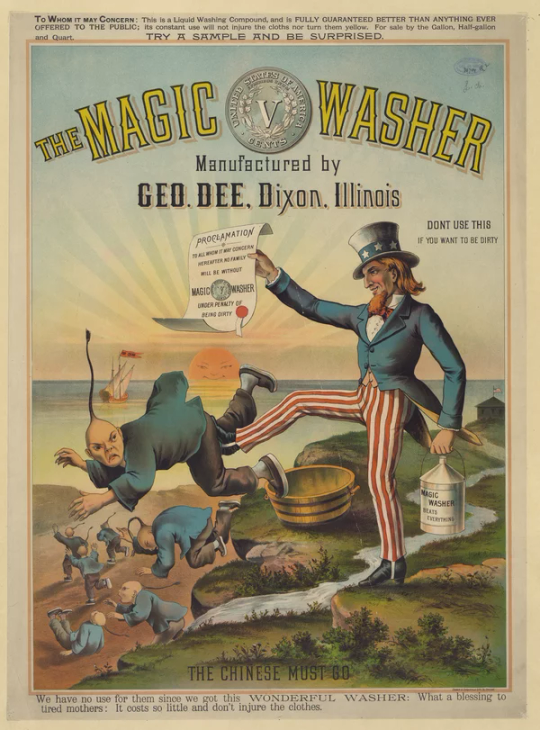
In the pinnacle of the civil rights era, activists used yellow as a term of empowerment — a term they chose for themselves. In some ways, I'm still seeing that today.
When the director of Crazy Rich Asians, Jon Chu, wanted to include a Mandarin version of Coldplay's song "Yellow" in a pivotal scene of his movie, some people were concerned that including it might not fly in such a high-profile movie about Asians. But that was exactly Chu's point. He wrote a letter to the band pleading his case — he wanted to attach something gorgeous to the word.
"If we're going to be called yellow," Chu wrote, "we're going to make it beautiful."
I can't help but think back to a group of people I spoke to late last year.
The Yellow Jackets Collective is an activist group, the name an echo of the 1960s. They're four people in New York City who identify themselves with a wide swath of terms, in addition to yellow: she/her, womxn, brown, Asian American, femme, child of Chinese immigrants, Korean American, 1st gen., first gen. diasporic and "collaborating towards futures that center marginalized bodies."
I send them an e-mail. "Why yellow?"
They point out that they don't just walk around the world calling every East Asian person they meet "yellow."
"Identity ideally is about you and how you feel and what you believe has shaped you," Michelle Ling responds.
I let Ling's words percolate. I don't know if I'll walk around in the world calling myself yellow — maybe to people who have similar experiences to mine; certainly not around people who've flung slurs at me.

Even so, having different words to choose from is itself a comfort. Having yellow in my arsenal makes me feel like my identity doesn't hinge on just one thing — one phrase, one history or one experience.
After a back-and-forth with the group, something they've written stops me in my metaphorical tracks. It's from the Yellow Jackets mantra; a snapback comment that I can't help but appreciate:
"We say Yellow again because at our most powerful we are a YELLOW PERIL and those who oppress us should be afraid. We are watching you. We are making moves."

In “The Travels of Marco Polo,” the people of China are described as “white.” Records left by eighteenth century missionaries also report the skin color of Japanese and other East Asian people as clearly white. Yet in the nineteenth century, this perception quietly gave way to descriptions as “yellow.” In travel books, scientific discourse, and works of art, portrayals of East Asians began presenting them as having yellow skin. What happened in between?

In his 2011 book “Becoming Yellow: A Short History of Racial Thinking,” National Taiwan University professor Michael Keevak delves deeply into the origins and history of how and why East Asians went from being seen as “white” to being classified as “yellow.”
The first suspect implicated in applying the “yellow” label to East Asian faces is the famed Carl Linnaeus (1707-78). At first, Linnaeus used the Latin adjective “fuscus,” meaning “dark,” to describe the skin color of Asians. But in the tenth edition of his 1758-9 “Systema Naturae,” he specified it with the term “luridus,” meaning “light yellow” or “pale.”

It was Johann Friedrich Blumenbach (1752-1840) who went beyond the coloring ascribed by Linnaeus to apply the completely different label of “Mongolianness.” Regarded as a founder of comparative anatomy, the German zoologist did more than just use the Latin word “gilvus,” meaning “light yellow,” to describe East Asian skin color: he also implicated the Mongols, a name with troubling and threatening connotations for Europeans with their memories of Attila the Hun, Genghis Khan, and Timur.
While the references remained anomalous at first, travelers to East Asia gradually began describing locals there more and more as “yellow.” By the nineteenth century, Keevak argued, the “yellow race” become a key part of anthropology.
But the yellow label came associated with discrimination, exclusion, and violence. Just as no one in the world is purely white or black, neither does anyone actually have skin that is deep yellow. By “creating” a skin color and investing traits such as “Mongolian eyes,” the Mongolian birthmark, and mongolism (the old name for Down syndrome), Westerners made the perceived yellow race synonymous with abnormality. They also responded to the arrival of immigrants from Asia by sounding the alarm over the “yellow peril” - a term with a whole range of negative associations from overpopulation to heathenism, economic competition, and political and social regression. The hidden agenda of this racial color-coding becomes apparent when one considers who benefits from a hierarchy that places “yellow” and “black” beneath “white.”
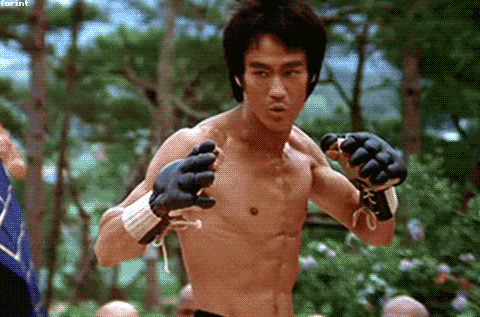
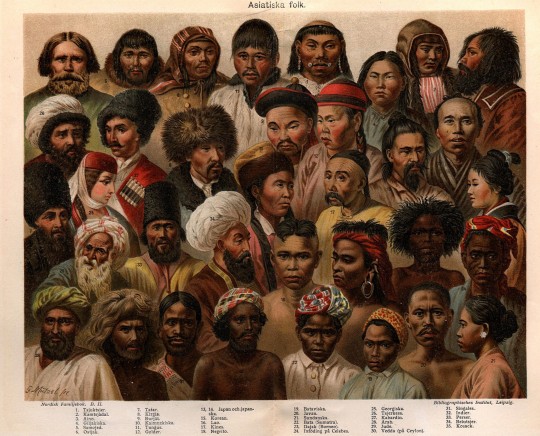
#kemetic dreams#asian#Blumenbach#german#european#exonym#banning exonyms#yellow#white#yellow people#black#black people#racist#conservatism#political#american politics#liberalism#civil rights#racist words#bruce lee#brownskin#brown skin#asian American#asian american literature#asian american history#asian heritage month#asian american author#asian american pacific islander heritage month#stop asian hate#aapi
10 notes
·
View notes
Photo

‘Spirit World,’ ‘The Vigil’ and ‘City Boy’ spin out of Lazarus Planet in May
DC will launch three new series featuring Asian heroes and creators during Asian American Pacific Islander Month.
#city boy#spirit world#the vigil#dc#dc comics#comics#comic books#asian american pacific islander heritage month#we are legends#dawn of dc
115 notes
·
View notes
Text
Brb going to cry about this photo for the rest of my life
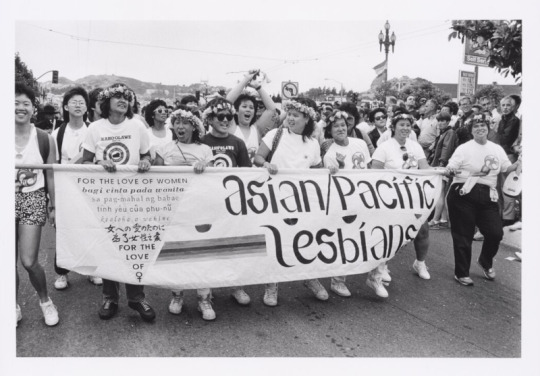
#asian american pacific islander heritage month#queer asian#queer asian american history#its the sa pag-mahal ng babae that really sent me#pride#lesbian#gay
76 notes
·
View notes
Text

Maysia 1: OOTD/what’s in my bag
Hello everybody look at all this stuff I got❗️
#maysia#maysia2023#maysia 2023#artph#aapi#aapi heritage month#aapi month#asian american pacific islander heritage month#filipino#filipino american#asian#asian american#digital art#procreate#art#my art#artists on tumblr#drawing#illustration
4K notes
·
View notes
Photo
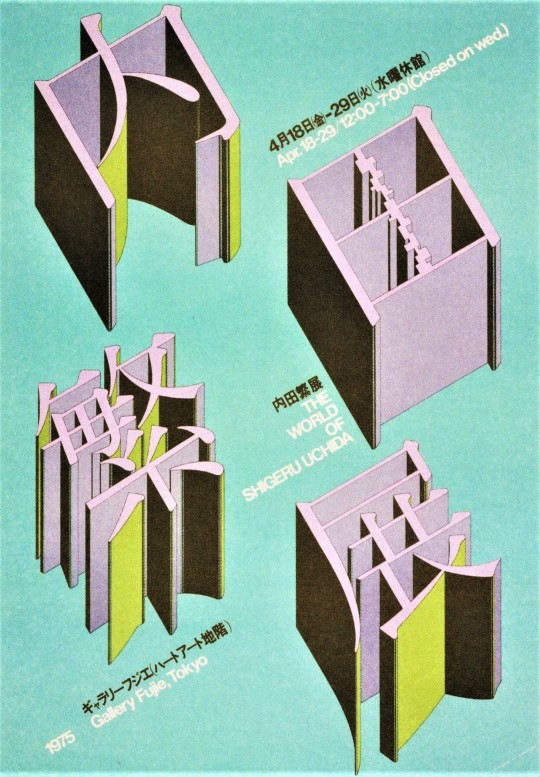
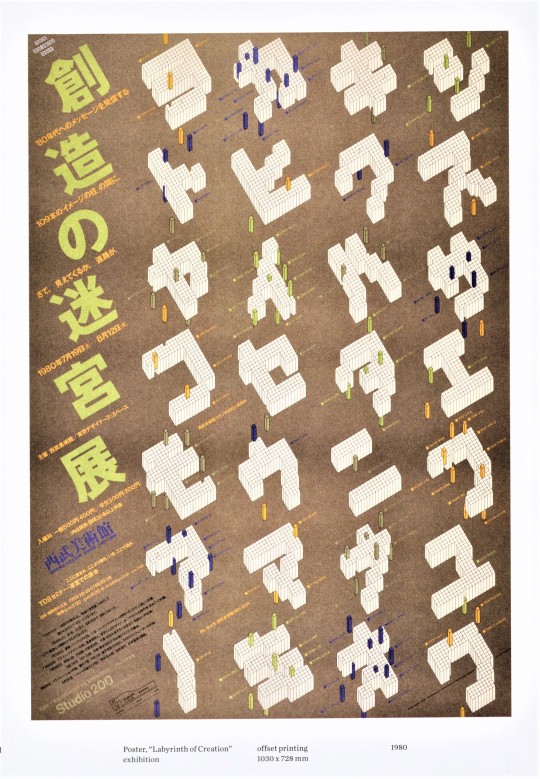
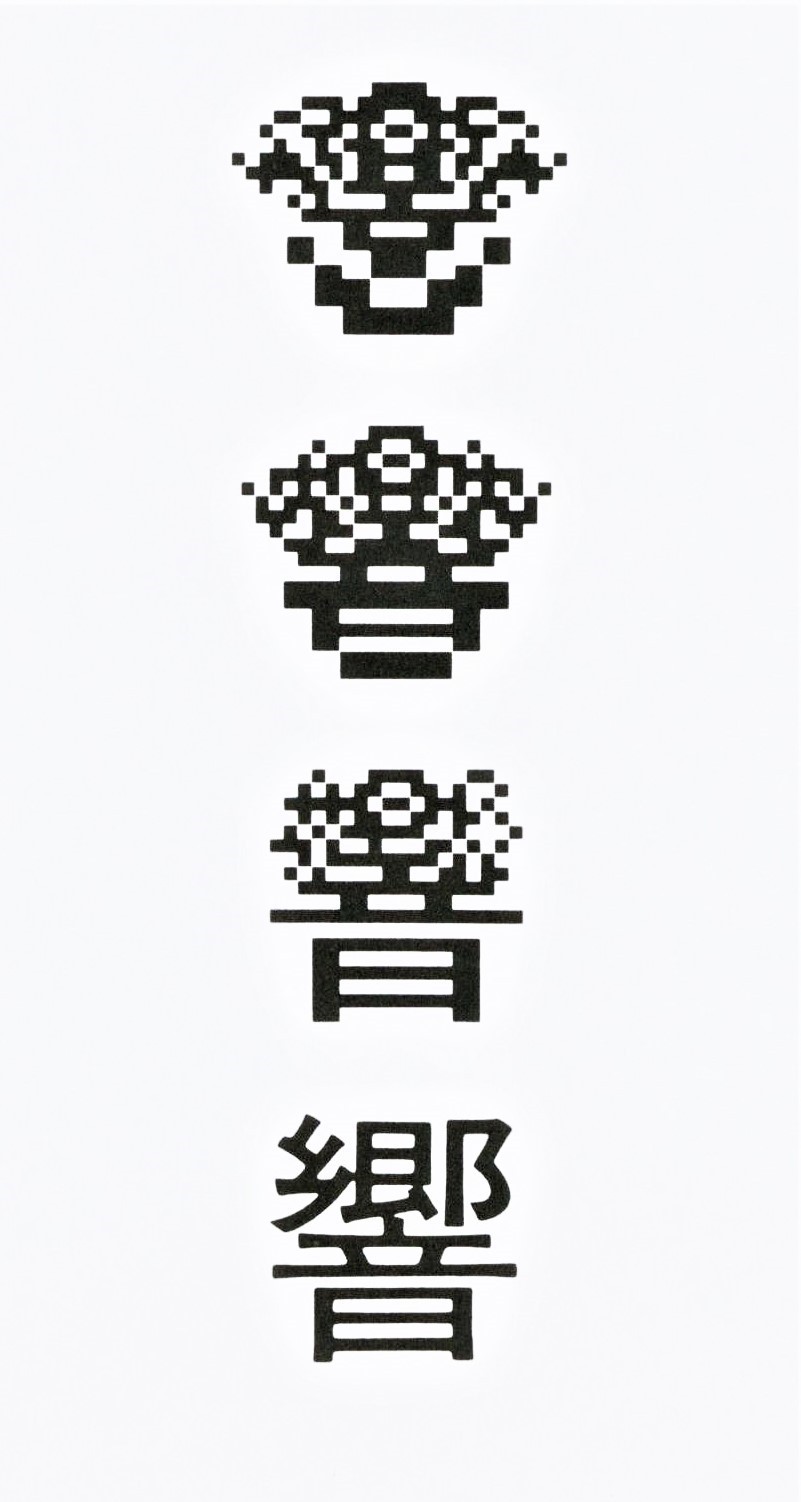
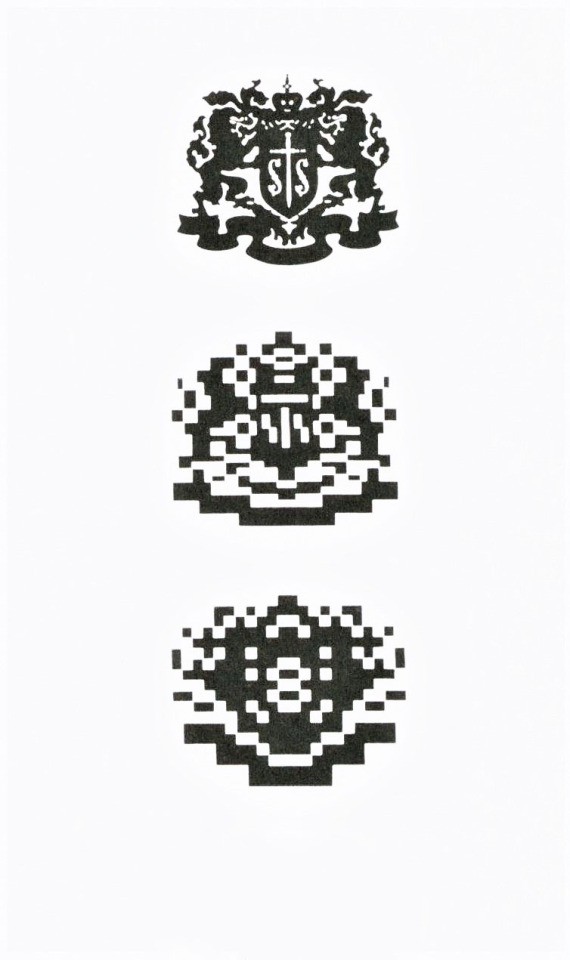


Typography Tuesday
Japanese Dimensional Type
The Japanese sculptor and graphic designer Takenobu Igarachi is well-noted for his axonometric type designs. Igarachi is particularly fond of Roman letter forms, but today we are only showing designs based on Japanese characters from his book Takenobu Igarashi A-Z, published in London by Thames & Hudson in 2020.
The Japanese use four different kinds of characters: kanji imported from China; katakana and hiragana invented by the Japanese; romaji, the Roman alphabet from the West. Kanji are ideographs that use about 7000 characters on average. Hiragana are phonetic symbols devised by women of high society around the 7th to 9th centuries consisting of 50 letters. Katagana, a phonetic alphabet of 50 characters, was invented by Buddhist monks for reading sutra and is made of parts of kanji in simplified form. Comparatively, romaji, or Roman letters used for the Japanese language, is far more simple in shape and structure. In the first two images, Igarachi presents a variety of dimensional Japanese character's.
The last set of images are visualizations of the kanji character hibiki, derived from the Chinese character which means sound, resonance, or echo, representing the corporate philosophy of Igarachi’s client, the Japanese brewing and distilling company Suntory Limited. Working through various morphings of the kanji character, he arrived at what became the Suntory corporate logo. Later, Igarachi made a 3D version utilizing the arch, which was made into a sculpture that adorns the Suntory hall entrance.
View another post from Takenobu Igarashi A-Z.
View more posts on dimensional letters.
View our other Typography Tuesday posts.
#Typography Tuesday#typetuesday#Typography Tuesday#Asian American Pacific Islander Heritage Month#AAPI Heritage Month#Takenobu Igarachi#Takenobu Igarashi A-Z#Thames & Hudson#Japanese letters#Japanese type#kanji#Suntory#dimensional letters#dimensional typography#Asian American and Pacific Islander Heritage Month
40 notes
·
View notes
Photo
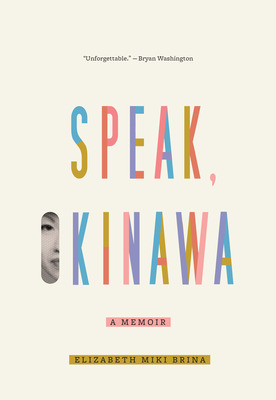
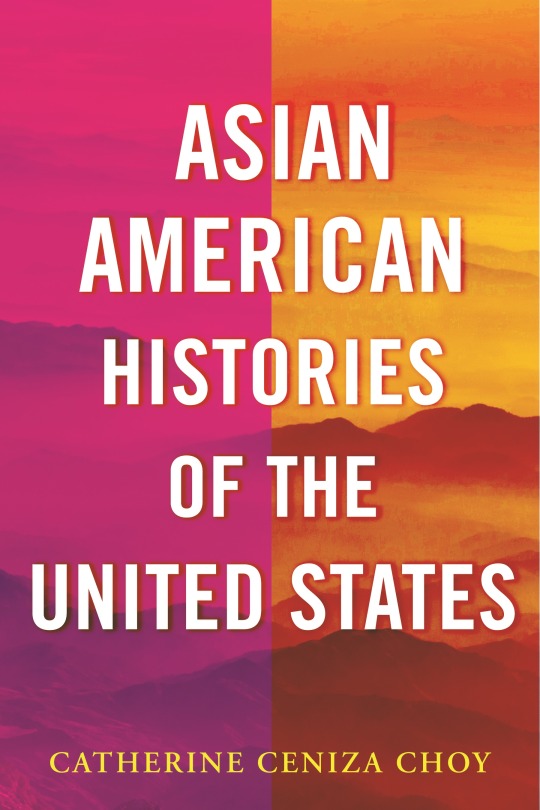
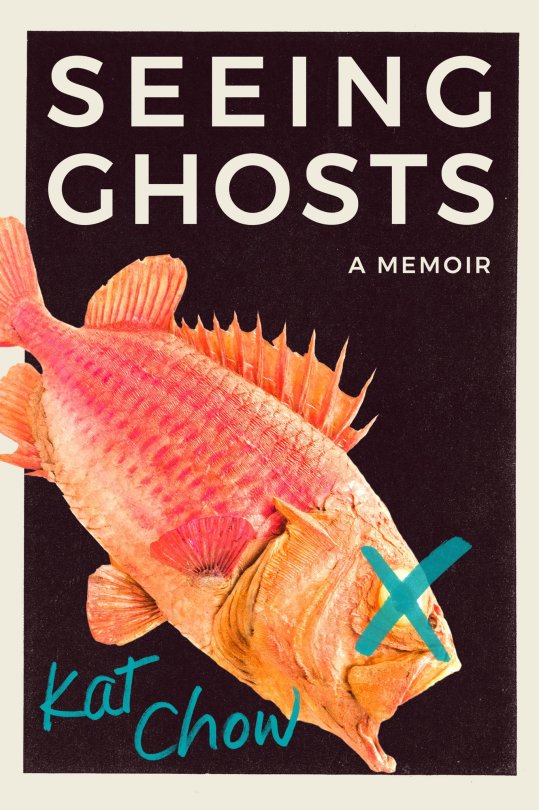

Asian American & Pacific Islander (AAPI) Heritage Month: Nonfiction Recommendations
Speak, Okinawa by Elizabeth Miki Brina
Elizabeth's mother was working on U.S.-occupied Okinawa when she met the American soldier who would become her husband. The language barrier and power imbalance defining their early relationship followed them to the predominantly white, upstate New York suburb where they moved to raise their daughter. There, Elizabeth grew up with the trappings of a typical American childhood, while feeling almost no connection to her mother's distant home and out of place among her peers. This account is a heartfelt exploration of identity and what it means to be an American.
Asian American Histories of the United States by Catherine Ceniza Choy
Original and expansive, this volume is a nearly 200-year history of Asian migration, labor, and community formation in the U.S. Reckoning with the onset of the COVID-19 pandemic and the surge in anti-Asian hate and violence, historian Catherine Ceniza Choy presents an urgent social history of the fastest growing group of Americans. The book features the lived experiences and diverse voices of immigrants, refugees, US-born Asian Americans, multiracial Americans, and workers from industries spanning agriculture to healthcare.
Seeing Ghosts by Kat Chow
Born two years after her parents' only son died just hours after his birth, Kat Chow became unusually fixated with death. She worried constantly about her parents dying - especially her mother. Four years later when her mother dies unexpectedly from cancer, Kat, her two older sisters, and their father are plunged into a debilitating, lonely grief. In this memoir, Kat weaves together what is part ghost story and part excavation of her family's history of loss spanning three generations and their immigration from China and Hong Kong to America and Cuba.
Rise by Jeff Yang, Phil Yu, & Philip Wang
In this intimate, eye-opening, and frequently hilarious guided tour through the pop-cultural touchstones and sociopolitical shifts of the 1990s, 2000s, 2010s, and beyond, authors Yang, Yu, and Wang chronicle how we’ve arrived at today’s unprecedented diversity of Asian American cultural representation through engaging, interactive graphics, charts, graphic essays from major AAPI artists, exclusive roundtables with Asian American cultural icons, and more.
#asian american pacific islander heritage month#AAPI#AAPI authors#nonfiction#nonfiction reads#nonfiction books#Library Books#Book Recommendations#book recs#Reading Recs#reading recommendations#TBR pile#tbr#tbrpile#to read#Want To Read#Booklr#book tumblr#book blog#library blog
52 notes
·
View notes
Text
And So April is come and gone.
Now on Begins the 1st day of May. With that being said this this new month brings the 8 brings the Asian culture and Pacific islander culture To become more aware than ever before with recent events of having a lot of Asian Hate.
Now is the time to be able to put a stop to all this. More than ever to learn more about Asian and Pacific islander culture and to continue that for many generations to come to learn of their beautiful and wonderful diversity of their way of life.
May is the month all of the Asian communities and Pacific islander communities and their stories to be told from now till the end of May and even then. Tell them all year long like every other Culture and Race, and Religion.
One Month does not hold us to tell Everyone's Stories. But It means alot to Represent Every Culture For the Month They are Given.
Representation Matters.
Divisterity Matters
And more Importantly.
STOP ASIAN HATE.
We are all part of one World 🌎
But we all can't be Happy if we can't learn to Love one another.
That goes for everyone and anyone.
Tell your family, your friends, and etc.
Half of my Good friends are Asian. They have been part of my life for a long time and I don't plan on having that being torn apart because of Ignorance.
Support Their People and Learn all you can about The Way Of Asia 🌏 and The Way Of Pacific Islands 🏝
THIS IS AAPI MONTH
THIS IS ASIAN AMERICAN & PACIFIC ISLANDER HERITAGE MONTH 🌏👲🇨🇳🎎🏝🌺🇭🇰🇯🇵🏣💴⛩🈷️🍡🏯🇮🇳🍛🌊🐚🗿🌴 #AAPI #AsianAmericanPacificIslander #AAPIHertiageMonth #stopasianshate
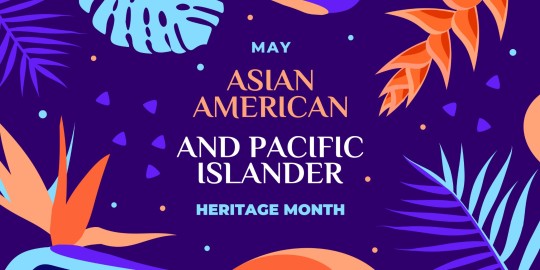
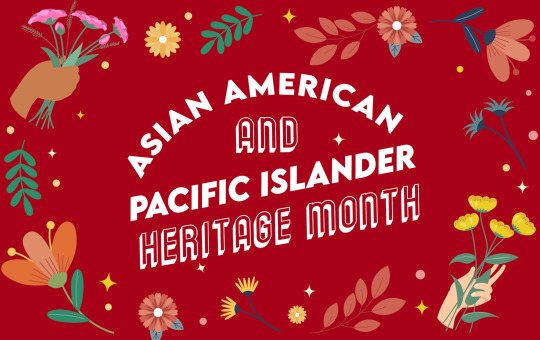
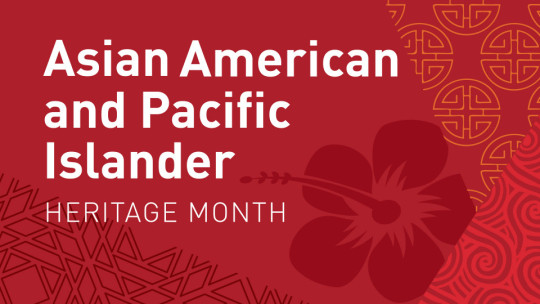

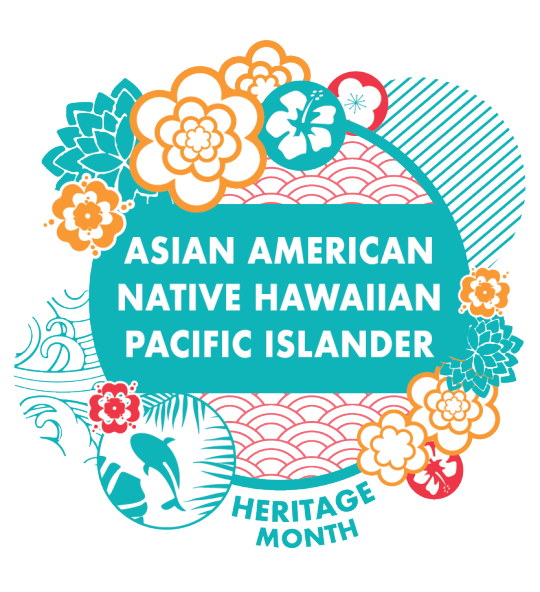
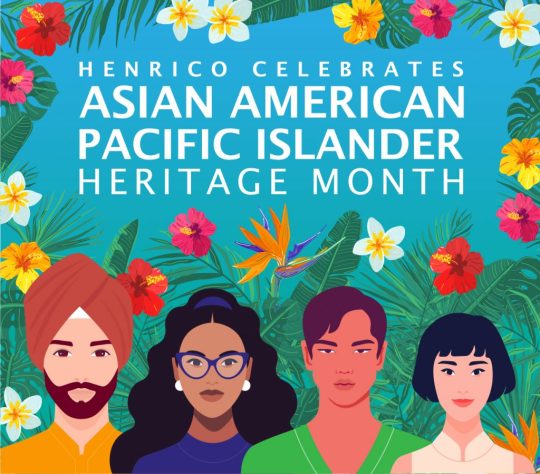
#Asian American Pacific Islander Heritage Month#Asian American#Pacific Islander#aapiheritagemonth#aapi representation#stop asian hate#Spotify
35 notes
·
View notes
Text
Happy AAPI month! The queer community historically has been very weird and fetishistic towards Asian people and they should stop that please. You are not immune to Asian fetishization just because you’re not a cishet white guy.
#aapi month#asian american pacific islander heritage month#might elaborate later#if I have energy and words after this fucking exam#which ironically is about Asian American lit
24 notes
·
View notes